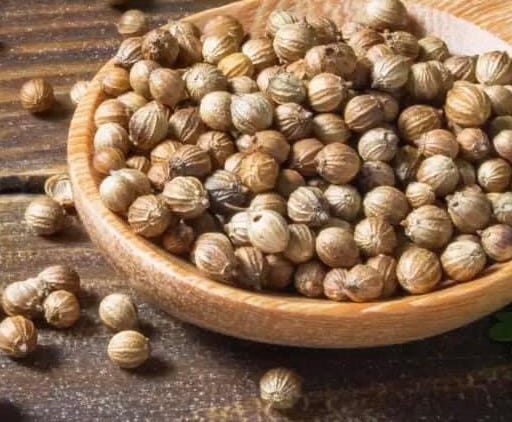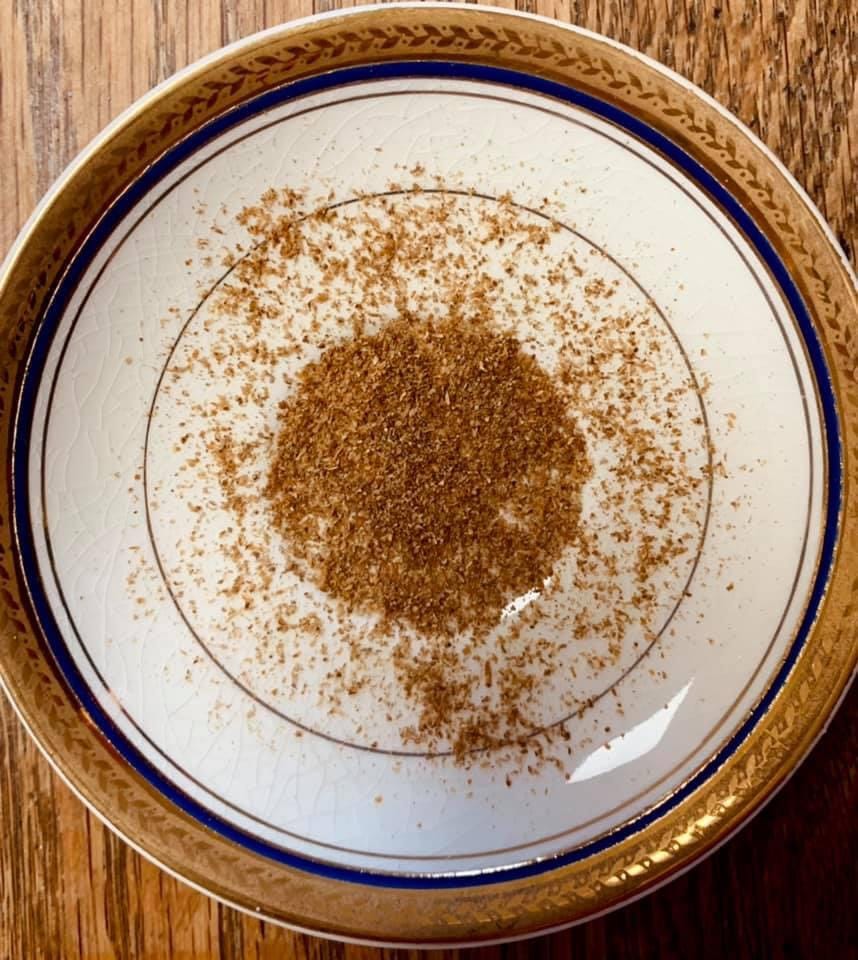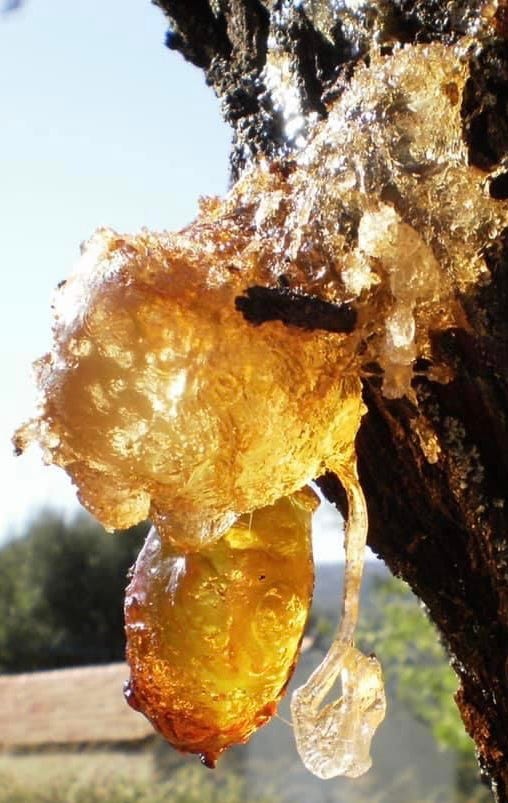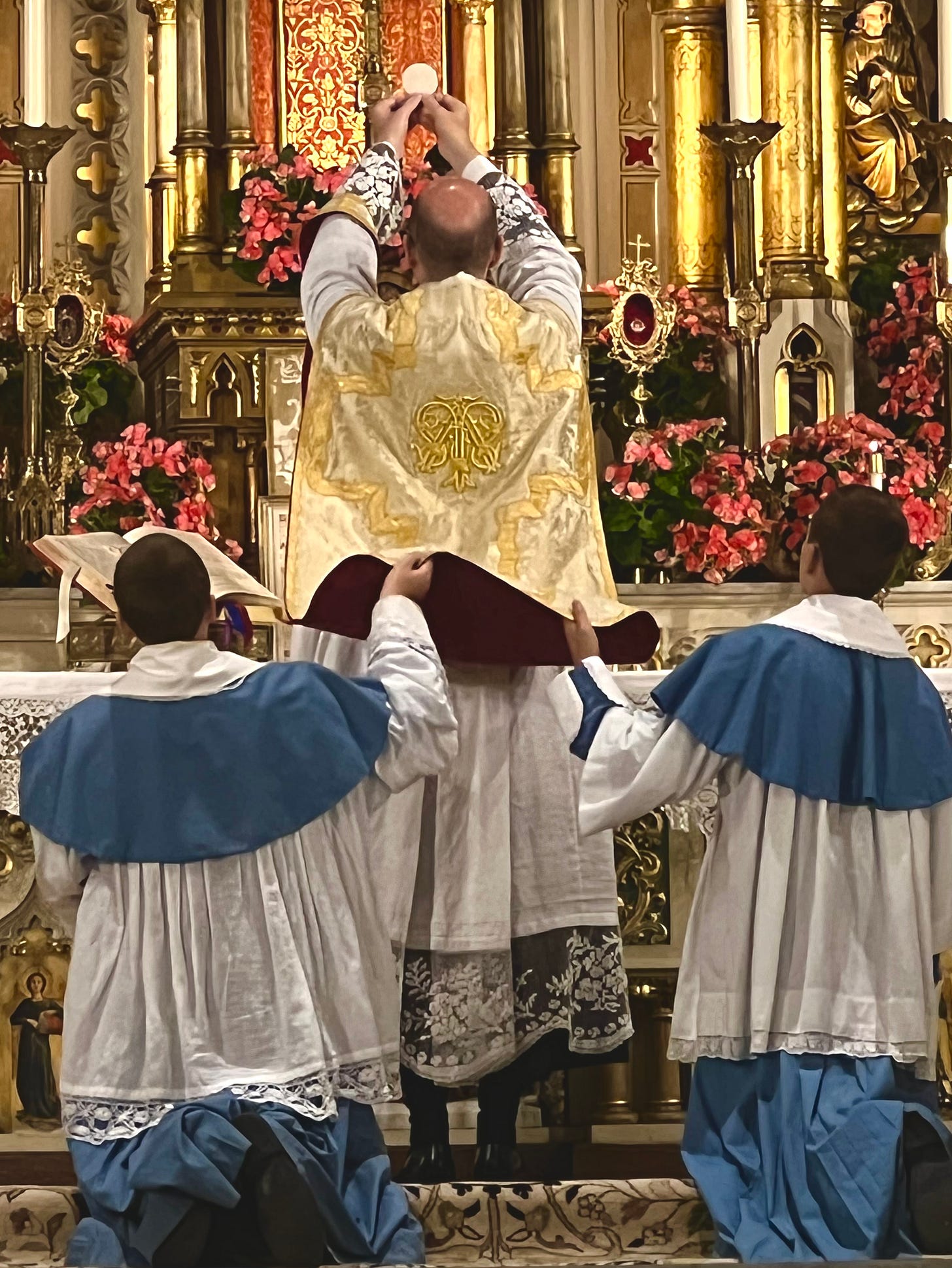The Beauty of Manna
I love when Scripture goes into detail and creates a picture in your mind as it is being read. Such was the reading from this morning.
There is a description of Manna tucked into the unfortunate episode in Numbers 11, involving whining Israelites clamoring for leeks and cucumbers.
“We remember the fish we ate in Egypt that cost nothing, the cucumbers, melons, leeks, onions and garlic. But now our strength is dried up, and there is nothing at all but this manna to look at.” Numbers 11: 5-6
I feel dreadfully sorry for Moses at this point. He probably wanted to knock all their whining heads together, and not for the first time! Cost nothing? Cost nothing? The cost was slavery, pain, drudgery, and the whip. And all they could remember was the cucumbers.
It is always embarrassing to listen to this reading. How petty it all sounds. How ungrateful and unthinking. Maybe it is embarrassing because we know we have sounded exactly like this at one time or another. Being read aloud, it always hits home and makes you shuffle nervously in your pew. The ingratitude we carry when pining for our own worldly ‘cucumbers’, waving our dismissive hand at Christ being lifted up before us at Mass; our immortal Manna for the journey to the Father. The only food worth having in this vale of tears. This desert.
After this uncomfortable passage, however, there is this lovely little nugget of words which suddenly goes into a detailed description of what manna looked like. As if a description would help us to better understand. Whoever the human author was, I like to think he was a detail man and God indulged him, and also me. He says,
"Manna was like coriander seed and had the color of resin". Numbers 11:7
The Israelites had to grind the seeds into powder with a hand mill or crush it in a mortar. They either cooked it in a pot or made loaves. These details are so satisfying to an imaginative sort like me. Sight. Taste. Touch. I had always pictured manna as bright white flakes somehow - more like snow. But it is described as a beautiful brownish/red, yellow color - resin. It had to be ground and made into small golden loaves which tasted like cakes made with oil.
These are great details when you ponder the metaphor that is Manna; Christ in the Eucharist. Resin is a thick, sticky substance that sometimes looks like liquid gold dripping out of tree bark - like grace just oozing from the tree of the cross. I looked up resin and found that both Frankincense and Myrrh are resins.
One honors kings, and the other buries them. Manna shone with both those colors. So did Christ. The seeds had to be ground. So did Christ on the cross. The powder was made into loaves to feed the people. So was Christ. It came down from Heaven. So did Christ. It had to be gathered - we need to come and receive Him by our own free choice, each day if we want. He waits for us to come and gather Him up.
And we take him for granted, or worse. Just as the chosen people grumbled about manna, we grumble about our lives and all the things we wish we had. Sometimes, to our shame, Christ is not enough, and we hang our silly human heads at the thought of it. Ever pining for what cannot satisfy us.
When you think of these wonderful details set down for us by the Divinely inspired author, it is a beautiful image of what Christ does every single morning on that altar. Do we collect Him in gratitude or do we catch ourselves thinking about and pining after our own form of ...., dare I say it, leeks?
It's a good, albeit uncomfortable, question to ask.








